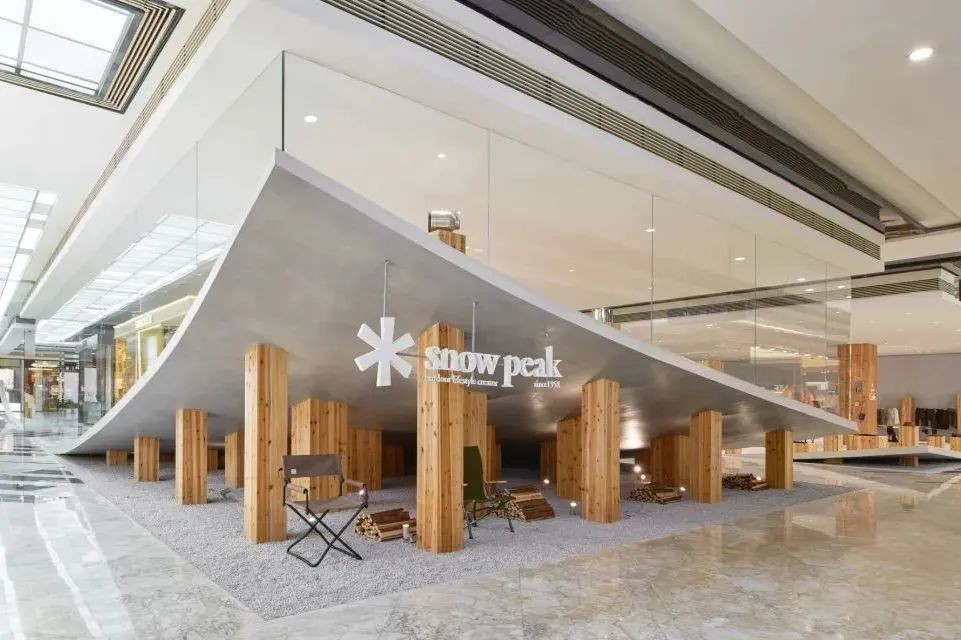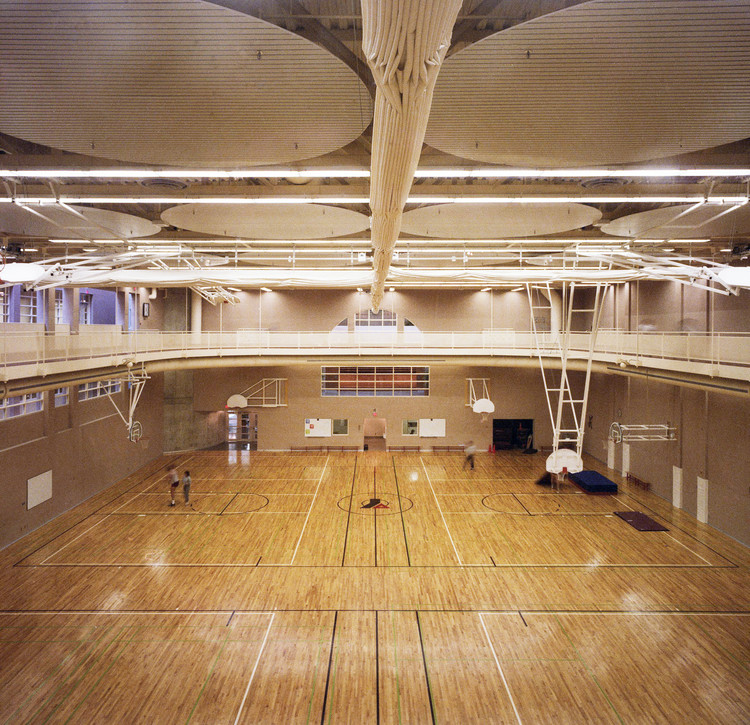Villa Kogelhof Paul de Ruiter Architects
2013-12-06 01:00
架构师提供的文本描述。这座占地25公顷的庄园是政府发起的一项更大项目的一部分,该项目旨在连接全国各地的区域生态区。现在的业主在2006年买下了这块曾经是农田的土地。这是一个受保护的动植物栖息地和一个主要的游客吸引在该地区,向公众开放。在这片土地上建造房屋的许可只有在它恢复到农业前状态的条件下才允许。种植了大约71,000棵六年生的树木,预示着这片土地将成为“森林中的一座别墅”,并已在2006年种植。挖掘了一个矩形池塘,需要清除7万立方米的土壤。
Text description provided by the architects. The 25 hectare estate is part of a larger program initiated by the government, which aims to connect regional ecological zones throughout the country. The current owner bought the site, once farmland, in 2006. It is a protected habitat for animals and plants and a major tourist draw in the area, open to the public. Permission to build a house on the land was given only on condition that it was returned to its pre-agricultural state. The planting of some 71,000 six-year-old trees hint at the future of the estate as ‘a villa in the woods’ and were planted already in 2006. A rectangular pond was digged, requiring the removal of 70,000 cubic metres of soil.
房子的地下空间包括入口、停车场(供6辆汽车和一辆拖拉机使用)、储藏室、浴室和一个可俯瞰池塘的工作区。起居区位于地面上方的浮式玻璃盒中。它的平面图是完全开放的,除了一些微妙的玻璃隔板。厨房、卧室、浴室和一个多功能房间有几个独立的空间。露台两边都有玻璃门,可以通过客厅和浴室进入。整个地板都是白色的环氧树脂和家具由设计师经典的勒柯布西耶和艾琳格雷。立面完全是用玻璃做的,可以俯瞰周围的景色。
The underground volume of the house consists the entrance, parking (for 6 cars and a tractor), storage, bathroom and a workspace which looks out over the pond. The living area is situated in the floating glass box above ground. It’s floor plan is completely open, except for some subtle glass room dividers. There are several separate volumes for the kitchen, bedrooms, bathroom and a multifunctional room. The patio has glass doors on both sides, so that it’s both accessible through the living room and the bathroom. The entire floor is covered with white epoxy and the furniture consists of designer classics from Le Corbusier and Eileen Grey. The façade is completely made out of glass and offers a spectacular view over the surrounding landscape.
Kogelhof别墅的主要原则之一是将奢华转化为独立的幸福。别墅的目标是自给自足,产生自己的能量,加热自己的水,回收垃圾。为了确保别墅Kogelhof是能源中立的,外观提供了一个重要的贡献。这种所谓的气候立面是由一层从地板到天花板的透明隔热玻璃和一层可以卷起和展开的反射太阳的织物组成的。当织物被降低时,形成一个空气腔,其中从别墅的空气被从中央通风系统中提取出来。这所房子由一个中央供暖系统和一个气泵共同加热。在不久的将来,温暖的水将由一个炉子产生,在这个炉子里,木材将从庄园的私有森林里的树木中燃烧出来。电力来自屋顶上的光伏电池以及计划中的风车。
One of the main principles of Villa Kogelhof was to translate luxury into the happiness of independence. The goal for the villa was to be self-sufficient; to generate its own energy, to heat its own water and to recycle the garbage. To make sure Villa Kogelhof is energy neutral, the façade offers an important contribution. This so called climate-façade is composed of an outer layer of clear insulated glass from floor to ceiling and an inner layer of sun-reflecting fabric that can be rolled up and unrolled. When the fabric is lowered, an air cavity is formed in which the air from the villa is extracted of a central ventilation system. The house is heated by a central heating system in combination with an air pump. Warm water will in the near future be generated by using a range stove, in which wood will be fired from the trees out of the private forest of the estate. Electricity is generated from the PV-cells on the roof and also from the planned windmill.
 举报
举报
别默默的看了,快登录帮我评论一下吧!:)
注册
登录
更多评论
相关文章
-

描边风设计中,最容易犯的8种问题分析
2018年走过了四分之一,LOGO设计趋势也清晰了LOGO设计
-

描边风设计中,最容易犯的8种问题分析
2018年走过了四分之一,LOGO设计趋势也清晰了LOGO设计
-

描边风设计中,最容易犯的8种问题分析
2018年走过了四分之一,LOGO设计趋势也清晰了LOGO设计


































































